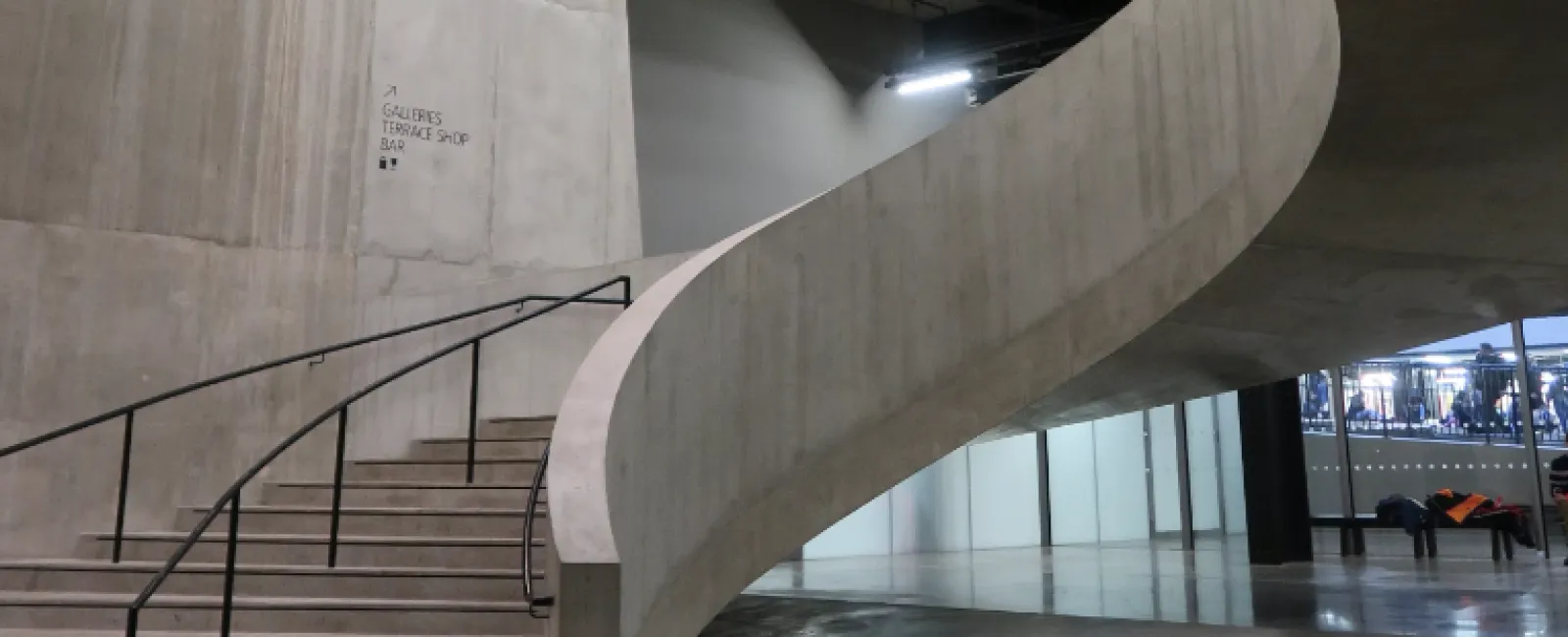Understanding the Different Types of Concrete Reinforcement
Concrete is a strong and versatile building material, but it’s not immune to cracks and structural issues over time. To enhance its durability and strength, residential concrete often requires reinforcement. There are several types of concrete reinforcement options available, each serving specific purposes. In this blog, we will explore the different types of residential concrete reinforcement to help you make informed decisions about your construction or renovation project.
Steel Rebar (Reinforcing Bars)
Steel rebar, short for reinforcing bar, is one of the most common types of concrete reinforcement. It consists of steel rods or wires that are placed within the concrete structure before pouring. Rebar adds tensile strength to the concrete, which is essential to resist cracking and withstand tension forces. It helps concrete maintain its structural integrity under various conditions, such as temperature changes and heavy loads.
Types of Steel Rebar:
- Plain Round Bars: Smooth, round bars typically used for general concrete reinforcement.
- Deformed Bars: Ribbed or textured bars that provide better adhesion to the concrete and increased strength.
- Epoxy-Coated Bars: Coated with epoxy to improve corrosion resistance, making them suitable for corrosive environments.
Fiber Reinforcement
Fiber reinforcement involves adding small fibers made of materials such as steel, glass, or synthetic polymers to the concrete mix. These fibers improve the concrete’s resistance to cracking and enhance its durability. Fiber reinforcement is often used in applications where traditional steel reinforcement may be challenging to install or unnecessary, such as concrete countertops, decorative concrete, and smaller residential projects.
Types of Concrete Fiber Reinforcement:
- Steel Fiber: Enhances the concrete’s tensile strength and impact resistance.
- Glass Fiber: Offers corrosion resistance and can be used for decorative purposes.
- Synthetic Fiber: Improves crack resistance and reduces the risk of plastic shrinkage cracking.
- Post-Tensioning: Post-tensioning is a technique used in larger residential projects and high-rise buildings. It involves tensioning steel cables or tendons within the cured concrete, applying compressive forces to the concrete to counteract external loads. This method can result in thinner slabs and reduced cracking, making it ideal for large, open spaces in residential construction.
Prestressed Concrete
Prestressed concrete is a specialized form of concrete that relies on pre-compression to enhance its strength. High-strength steel tendons are placed within the concrete before it cures, and once the concrete has hardened, the tendons are tensioned. This process counteracts the tensile forces that the concrete may encounter in service, making prestressed concrete ideal for applications where long spans and minimal deflection are required, such as bridges and some residential projects.
Conclusion
Understanding the different types of residential concrete reinforcement is essential for ensuring the strength, durability, and longevity of your construction or renovation projects. The choice of reinforcement depends on various factors, including project size, load requirements, and design aesthetics. Consulting with a structural engineer or construction professional can help you select the most appropriate reinforcement method for your specific residential concrete application, ensuring a robust and long-lasting result.

